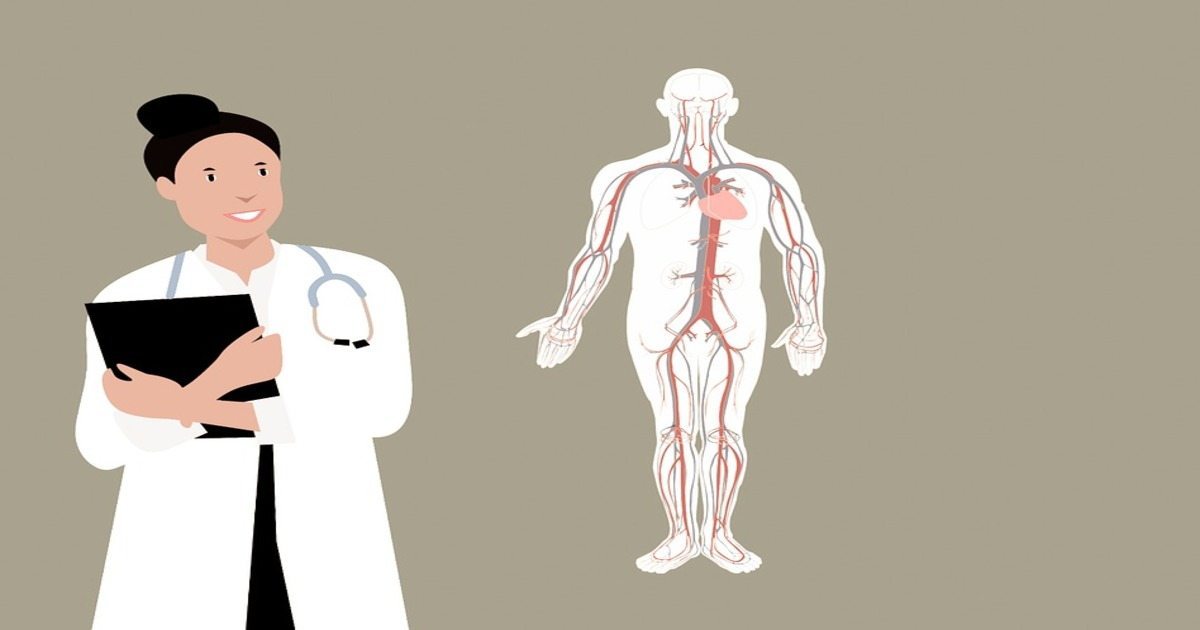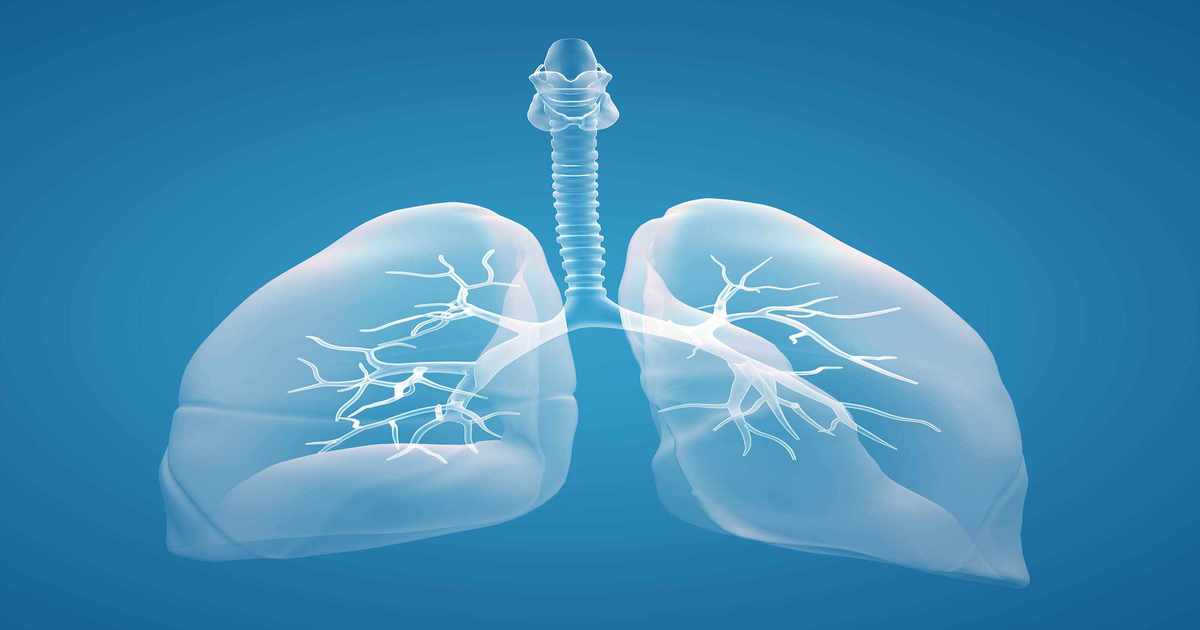Mesothelioma Help Cancer News

Mesothelioma Biomarker Could Lead to “Promising” Treatment
Researchers continue to focus on biomarkers as a target to increase the effectiveness of existing treatments for malignant mesothelioma. These genetic characteristics can be used to indicate the progress of mesothelioma, help determine an appropriate treatment, and assess the effectiveness of that treatment. Now, researchers have identified a biomarker that they believe points to poor prognosis in mesothelioma patients, but that could also lead to a promising therapeutic approach for the asbestos-caused cancer.
Researchers from Japan report the urokinase-type plasminogen activator receptor (uPAR), also known as CD87, that is normally expressed throughout the body, including in the colon and kidneys, was found at elevated levels in a mouse model with mesothelioma. The team from Nagoya University Graduate School of Medicine, Nagoya, Japan, found that the higher the level of uPAR, the worse the prognosis was for the mice.
“For the first time, we showed that uPAR overexpression is observed in asbestos-induced rat MM [malignant mesothelioma], regardless of the asbestos fibers used for carcinogenesis and the histological subtype of MM,” wrote the authors. “These data indicate that uPAR overexpression is a common and important expressional alteration in MM.”
The researchers then went on to discover that overexpression of uPAR is also associated with sensitivity to the platinum-based chemotherapy drug cisplatin. When they blocked the level of uPAR in the mice, there was a rise in the sensitivity to cisplatin. On the contrary, higher levels of uPAR “significantly decreased cisplatin sensitivity.”
According to the National Institute of Environmental Health Sciences, marker levels may be measured before treatment to help doctors plan the appropriate therapy. In some types of cancer, the level of a tumor marker reflects the stage (extent) of the disease and/or the patient’s prognosis (likely outcome or course of disease).
http://www.niehs.nih.gov/health/topics/science/biomarkers/
Mesothelioma is an aggressive, terminal cancer found in the lining of the lungs, heart and abdomen in patients previously exposed to asbestos. Although the cancer has been shown to be chemo-resistant, chemotherapy continues to be one of the primary treatment protocols for the disease, with the preferred combination being gemcitabine and cisplatin.
Patients nearly always develop resistance to chemotherapy, leading to metastasis of the cancer. However, studies like this where research is done to identify ways to increase the sensitivity, and thus the effectiveness, of cisplatin, and potentially other existing treatments, can lead to an increase in patient survival.
“In addition to the potential use of uPAR as a prognostic marker, the combination of uPAR abrogation and cisplatin may reveal a promising therapeutic approach for MM,” the researchers concluded.”
See the Sept. 2 issue of Oncotarget for the full report.
http://www.impactjournals.com/oncotarget/index.php?journal=oncotarget&page=article&op=view&path%5B%5D=10430

Nurse Encourages Mesothelioma Patients
We all know that everyone’s mesothelioma is as unique as their own fingerprints. I visited three patients this week, and there is no doubt that each recovery is as unique as the patient. Although the patients all had similar surgery, their recovery has taken its own course.
The first patient I saw was a man who was staying at a local apartment which he rented for his wife and himself. He chose this option because he traveled from another state and it suited his needs. He had surgery approximately one month ago, and he has had clots and one readmission since his original discharge.
One of his biggest issues is his lack of appetite. Nothing tastes good and he is not interested in eating. He was placed on an appetite stimulant which hopefully will improve his nutritional status. They are anxious to return home, but they both realize that this is the place for them for now. Attached to him is a pneumostat [chest drain] waiting for his lung to heal. It is a device that can be uncomfortable and a nuisance, but it allowed him to be discharged from the hospital. He also has complaints of tenderness and pain at his incision site and across his abdomen.
Usually patients have numbness and then a tingling uncomfortable feeling. Although he has weaned himself from the narcotics and is improving, he was unsure of his physical complaints. As I explained, nothing is normal, yet everything is normal.
The next patient I saw had surgery about two months ago. His hospitalization was lengthy because of infection. He finally made it to rehab and was so grateful to be there. He was grateful for his new environment as well as his previous hospitalization. He was full of gratitude and felt fortunate to have come to a place where someone could treat his disease. His stay at rehab was a couple of weeks, but he was planning on being discharged within the week. He was anxious to get home and to be around his family and friends.
The last patient I saw had been at rehab for approximately seven weeks. Unfortunately, her progress was slow. Her surgery was about 15 weeks ago and she was very de-conditioned. Her body was weak and she required the assistance of a ventilator to help her breathe. Another factor that seemed to cause issues was her anxiety. Often times her anxiety inhibited her progress. This week she was able to be off the ventilator for 3.5 hours – a huge accomplishment. Her home is not close to rehab so her visits from family and friends are regular, but not as frequent as we all wished for her. Although this has been a long road there is hope and improvement.
We know that patients struggle with mesothelioma and the recovery, but there is light at the end of the tunnel. We all have our own unique stories to tell.
Moving Beyond Grief After Mesothelioma
We have all heard about there being stages of grief, with the last one being acceptance. Once you do accept that your loved one is gone, what happens from there? I think that maybe “Missing” should be another stage. Even though I have acknowledged that my Dad is gone, I don’t really accept it.
I was there every step of the way throughout my father’s battle with mesothelioma. I saw him suffer, go through physical and emotional trials, and ultimately be taken by this disease. Even though I know what happened, it doesn’t make his death any easier to digest.
Although I still grieve for Dad every day, I think that now I miss him more than at first. In the days and weeks after his passing, I was still in shock, trying to figure out what had happened. How could he really be gone? I was still expecting him to walk through the door, smile, and say that it was all a big misunderstanding and that he was going to be fine.
A profound loss is a lot to process. Once I had a chance to really understand what had happened, I started to really miss Dad. I miss his laugh, his stories, his way of making even the biggest challenges seem like nothing. I miss him at family events, at weddings, on holidays. It’s a different type of grief that will never go away.
Knowing that my father no longer has to bear the agony of mesothelioma does bring me comfort. I know that he is in a better place with no more pain or suffering. Even though I understand that with all of my being, I still miss him. Maybe it’s selfish of me, but I would give anything for him to be here to see my daughter. I would love to hear his laugh and have him tell me, one more time, that he loves me and that everything is going to be ok.
Grieving for someone that you love is a long and bitter undertaking. It is a journey that we each have to take in our own way. For me, it is now easier for me to look back and laugh at things that Dad and I did together. Now, I can see these things as fond memories, not painful ones. These recollections deserve to be greeted with a heart full of happiness, not an empty ache.
I will always look back on my Dad’s life and wonder why it couldn’t have been longer. He was taken from us far too soon. However, I know that he would rather us all be happy and think of him with a smile. Even though I’ll always miss my father, I pray that we’ll meet again someday.
Nurse Reminds Us of the Importance of Mesothelioma Awareness Day
September 26th of each year is Mesothelioma Awareness Day. The day has been made possible by the efforts of many volunteers over many years. Established as a national day through a proclamation by the U.S. Senate and the U.S. House of Representatives, this day has been set aside since 2010 to raise awareness of the dangers of asbestos. Currently, 12 states and 34 cities have also proclaimed September 26th Mesothelioma Awareness Day.
According to Disabled World, “An awareness date is defined as a national or international awareness day, week, or month, and is a date usually set by a major organization or government, to commemorate medical research, or ethical cause of importance, on a national or international level.”
The Mesothelioma Applied Research Foundation, the non-profit for mesothelioma awareness and promotion of research for a cure for mesothelioma, has been instrumental in getting recognition of this day. The activities that are planned include wearing blue to raise awareness, fundraisers throughout the country, and supporters at Rockefeller Plaza in New York on the morning of the 26th for the broadcast of The Today Show.
The mesothelioma community needs to use this day as an opportunity to support the victims and their families of this dreadful disease. Research into any cancer is challenging, but into a rare cancer is even more so. By raising awareness, and educating the public and government officials about the importance of funding research, we can all bring hope to the victims of this rare cancer.
Wear blue, participate in a fundraiser, tell people about mesothelioma, do what you can on September 26th, and throughout the year, to help support mesothelioma patients and their families.

Researchers Seek to Understand Why Lungs Are Susceptible To Cancer
The body has a cadre of defense mechanisms that work together to fight off illness and diseases. When they fail, however, a person can be left fighting a deadly disease like mesothelioma. Now, researchers believe that the same defense meant to prevent people from having a reaction to breathing in daily environmental exposures could be the same mechanism that allows cancer cells to spread and grow in the lungs.
According to an Aug. 25 press release from the Ohio State University Comprehensive Cancer Center, researchers report that the oxygen breathed in can suppress immune responses to cancer. They found that oxygen-sensing proteins, or PHD cells, limit inflammation by T-cells, the cells in the immune system that kill bacteria and cancer. In the “highly oxygenated lung microenvironment” the PHDs limit the T-cell functions, thus, setting the lung up as a “fertile ground for metastasis.”
“The same ‘normal’ mechanisms put in place to suppress immune responses against harmless material taken into the body during the act of breathing can also suppress immune responses to the colonizing cancer cells that lead to metastatic tumors in the lungs,” said David Clever, PhD, first author of the manuscript and a current medical student at Ohio State. “This creates an immunologically favorable niche – meaning the environment is prime for cancer cells to slip through the immune system’s defenses, thrive and grow in the lungs.”
The American Cancer Society reports that it is cancer metastasis, and not the original cancer diagnosis itself, that is the cause of nearly all cancer deaths. In fact, 90 percent of all cancer deaths are due to metastasis. Lung cancer and mesothelioma can spread to other organs of the body, including spreading to the other lung.
Mesothelioma, an unusual form of cancer caused by breathing in asbestos fibers, can take decades to show symptoms. Mesothelioma treatment follows a similar treatment protocol to lung cancer, so each new discovery related to lung cancer brings hope to the patient community.
The Ohio State team found that by blocking the PHD proteins, they could enhance T-cell responses against cancer and limit metastasis to the lung. Through testing the theory in mice using adoptive cell transfer immunotherapy, or manipulation and re-injection of T-cells, the researchers were hopeful their findings could lead to new therapies.
“Although our finding is in mice, we are eager to test whether disruption of the oxygen sensing machinery in T cells — with drugs, genetics, or regulation of environmental oxygen — will enhance the efficacy of T-cell mediated immune therapies for cancer in humans.”
2,500 to 3,000 people are diagnosed with mesothelioma each year in the U.S. There is no cure for the cancer, however, immunotherapy treatments, available to limited patients, have shown success in extending survival in mesothelioma patients.
The study can be found in the Aug. 25 issue of the journal Cell.
Know more about Mesothelioma and how you can deal with it.
Free Mesothelioma Patient & Treatment Guide
We’d like to offer you our in-depth guide, “A Patient’s Guide to Mesothelioma,” absolutely free of charge.
It contains a wealth of information and resources to help you better understand the condition, choose (and afford) appropriate treatment, and exercise your legal right to compensation.
Download Now